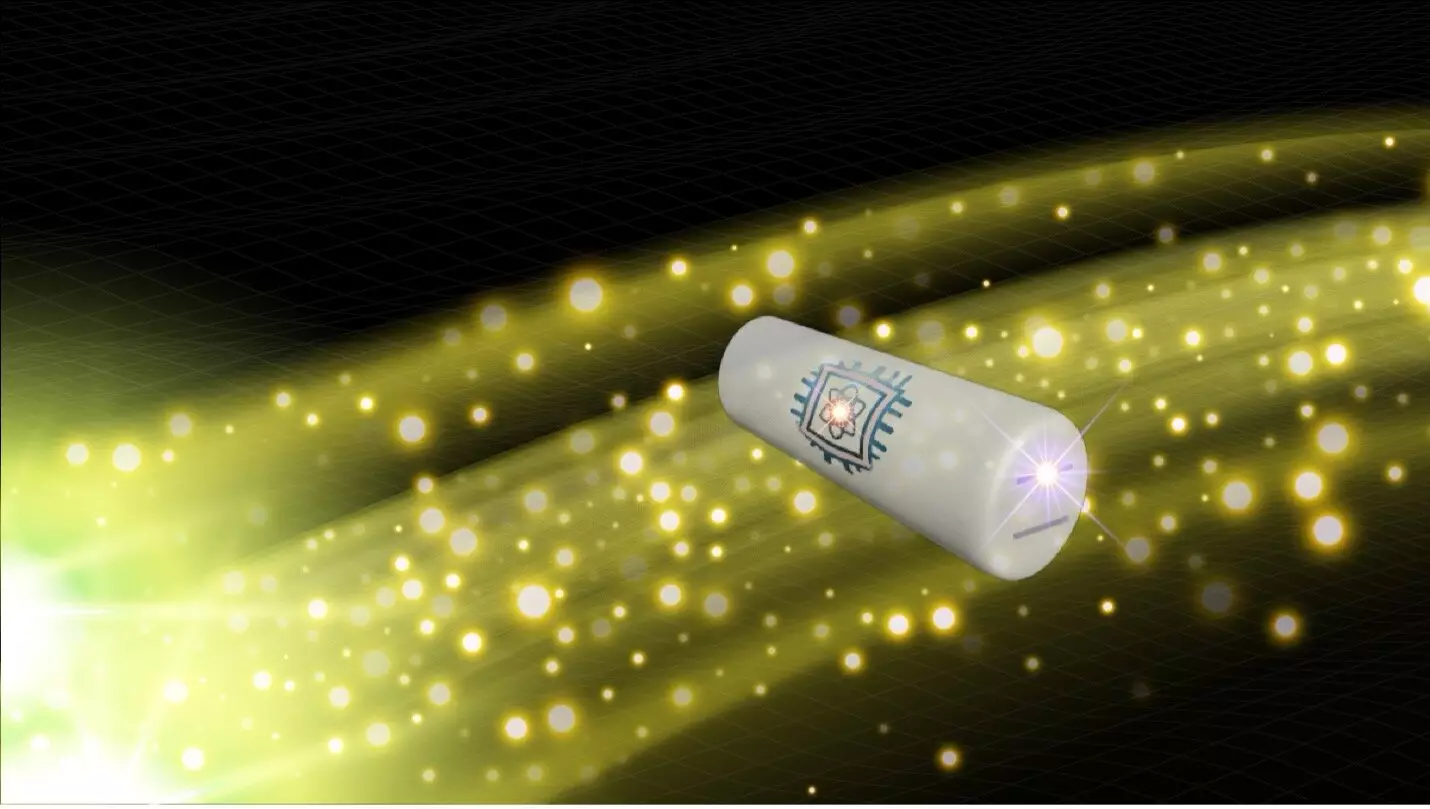For decades, scientists have grappled with one of physics’ most profound mysteries: the intersection of gravity and quantum mechanics. Despite significant advancements in understanding fundamental forces like electromagnetism and nuclear interactions through quantum theory, gravity has remained an enigma, cloaked in classical interpretations. With gravity operating on a macro level as an observable force—planets orbiting stars, objects falling to the ground—its quantum counterpart, characterized by the hypothetical graviton, has yet to be detected. A recently published study led by Stevens professor Igor Pikovski offers hope that we might soon be able to observe these elusive particles, taking one step closer to a unified theory of physics.
The Holy Grail of Physics
Gravitons are the presumed elementary particles that mediate the force of gravity, analogous to how photons serve as the mediators of electromagnetic force. This concept has intrigued physicists for generations, given that every other fundamental force has an associated quantum particle. Until recently, the thought of detecting a single graviton seemed insurmountable, overshadowed by the limitations of both existing technology and theoretical approaches. While scientists have successfully detected gravitational waves—ripples in spacetime emanating from massive cosmic events such as black hole collisions—these waves consist of immense numbers of gravitons, making the identification of a solitary particle a daunting challenge.
However, Pikovski and his team have proposed a novel approach that circumvents previous barriers in graviton detection. Their methodology, inspired by the principles underlying the photoelectric effect—the phenomenon that paved the way for modern quantum mechanics—harnesses existing technology along with innovative concepts from quantum sensing. This integrated strategy underscores a promising path toward quantifying gravity at the subatomic level.
Pikovski’s team, which includes graduate students and postdoctoral researchers, proposes to utilize an acoustic resonator, a device typically employed in sound detection, enhanced with advanced quantum sensing techniques. This innovative setup would involve cooling the resonator to minimal energy states. Once operational, the gravitational waves traversing through Earth would interact with the acoustic resonator, potentially allowing for the detection of quantum jumps—minute changes in energy levels triggered by the absorption of single gravitons. The team’s interdisciplinary approach reflects the creativity and resourcefulness that is often necessary in groundbreaking scientific endeavors.
The application of acoustic resonators in capturing graviton signatures is particularly intriguing. Traditionally, such instruments have been sidelined due to advances in optical technologies. Nevertheless, Pikovski’s team argues that their capacity to absorb energy and display discrete steps of absorption aligns closely with the fundamental principles of quantum mechanics. Just as light can be emitted or absorbed in quantized packets, so too might gravity operate at this fundamental level.
One of the study’s standout innovations lies in its proposed utilization of data gathered from the LIGO (Laser Interferometer Gravitational-Wave Observatory) facilities. Although LIGO is adept at identifying gravitational waves, it currently lacks the capability to detect single gravitons. By cross-correlating the large datasets collected by LIGO with their experimental parameters, Pikovski’s team aims to create a more refined detection framework specifically oriented towards isolating individual gravitons. This collaborative approach exemplifies how advancements in one domain of physics can bolster exploration in others.
The very concept of linking LIGO’s extensive capabilities to a newly designed quantifying mechanism marks a pivotal moment in gravitational research. It showcases the ongoing evolution of scientific thought, where interdisciplinary collaboration is critical for navigating the uncharted territories of theoretical physics.
Challenges and Future Prospects
Despite the excitement this proposal brings, several hurdles remain. The technology necessary to capture single gravitons does not currently exist, and while there have been successes in observing quantum jumps in specific materials, achieving this with the requisite mass and sensitivity remains elusive. Nevertheless, the accelerating pace of technological innovation offers optimism that the appropriate tools will emerge in the near future.
Pikovski’s assertion that we have now reached a juncture where the detection of gravitons is not an impossibility—a notion long relegated to the dreams of physicists—serves as a motivating force in pursuing this groundbreaking research. As the scientific community continues to push the boundaries of quantum technology, the prospect of not only detecting single gravitons but understanding the quantum nature of gravity itself becomes increasingly tangible.
The ongoing exploration of gravitons represents more than just a scientific endeavor; it embodies the potential for a paradigm shift in our understanding of the universe. As researchers like Igor Pikovski and his team shed light on this long-standing mystery, we may one day unlock the secrets of gravity, transforming our comprehension of both the cosmos and the fundamental forces that govern it.

